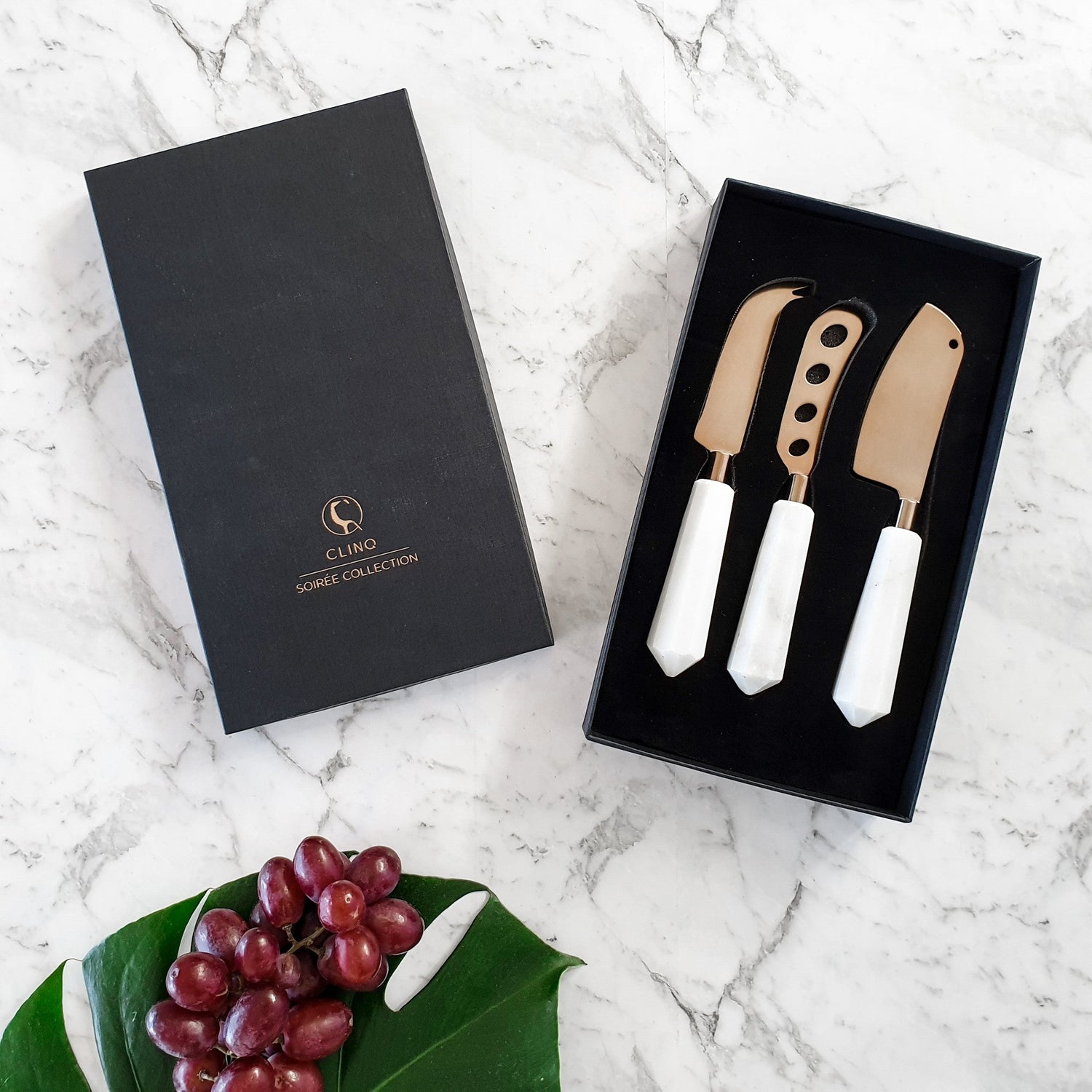If you love the wines of Châteauneuf-du-Pape, Provencal (Rosé), Priorat and Rioja, you may be a bigger fan of Grenache/Garnacha than you think. Since today is World Grenache Day on 16 Sep, we think you'll enjoy getting to know this grape better through its many expressions around the regions of France.
For the love of Rosé in Provence
Surprise! Behind the blend that's called Rosé in Provence is typically the grapes of Grenache Noir (red) and Cinsault, among others. Grenache Rosés are usually dry in style, offering rich fruity flavours of watermelon, strawberry, lemon and raspberry.
Try these Roses from Domaines OTT:
BY.OTT 2020
AG 90: Light orange-pink. Ripe pit fruits and red berries on the nose, along with a hint of smokiness. Juicy and open-knit, offering strawberry and nectarine flavors that show very good clarity and back-end cut. Finishes smooth and long, leaving a suggestion of pit fruits behind. - Josh Raynolds
Ott* Clos Mireille Rosé Coeur De Grain 2021
AG 94: Pale Orange. Displays an array of intensely perfumed red berry and citrus fruit aromas. Along with suggestions of honeysuckle, nectarine and fennel. Juicy and seamless in texture, giving deep pit fruit and raspberry flavors and a bracing touch of orange pith. Echoes the floral note on a wonderfully long, smooth finish that leaves a hint of honey behind. - Josh Raynolds
Shining Role in Languedoc
Grenache is often combined with more tannic grapes, such as Syrah and Mourvedre, to produce round, elegant wines with notes of cherry and plum in youth, and jam, cocoa and mocha with age.
Try these blends from Domaine d'Aussieres:
2018 Blason D'Aussieres
Winemaker's Notes: Dark red with a beautiful brightness. Open, powerful nose, with the notes of garrigue and clove that are characteristic of wines from Corbières’ best terroirs. After a smooth, fresh attack on the palate, the wine develops more power. Very good, dense structure. Despite their youth, the tannins are already supple and supported by well-integrated wood. This wine presents a particularly fine harmony between freshness and structure. 49% Syrah, 23% Carignan, 14% Mourvèdre, 14% Grenache.
2020 Altan D'Aussieres
Winemaker's Notes: Altan is named after a wind that blows in from the sea. Grapes are selected from plots at the base of the slopes that separate the property from the Mediterranean, benefitting from freshness and humidity of the sea breezes. The wines are aged without barrels to preserve the pure terroir expression. A beautiful concentration of fruit, this is a generous, full-bodied wine with scents of garrigue and aromatic herbs. 38% Syrah, 34% Grenache, 28% Carignan.
2018 Chateau D'Aussieres
Notes: Château d’Aussières is the “cuvée d’excellence”, the product of a strict selection from the best plots in the vineyard, made in limited quantities. 40% is aged in oak barrels for 12 to 16 months. The wines express all the richness and elegance of the late-ripening, cool terroir. Initially, the nose presents oak and roasted notes from the barrel ageing, it then becomes more complex with a hint of cloves and liquorice. On the palate, the attack is reserved but very refined, confirming the wine’s youth.
Chateauneuf du Pape: The Perfect Blend
While up to 15 varieties of grapes including Syrah and Mourvedre allowed in a CDP wine, it is Grenache that dominates the blend, whether in the red or white blends.
Try these CDPs from Chateau de Nalys:
2017 Chateau de Nalys Chateauneuf du Pape Blanc
WA 93: A solid first effort from the new ownership, the 2017 Chateauneuf du Pape Grand Vin Blanc is a blend of 43% Roussanne, 33% Grenache Blanc, 15% Clairette, 6% Bourboulenc and 3% Picpoul. Seventy percent of the blend aged in oak, but I'd say that component is discrete, adding just a hint of pencil shavings and a fine-grained, silky texture. It's full-bodied and succulent, delivering an attractive combination of pineapple and saline notes with understated elegance.
2017 Chateau de Nalys Chateauneuf du Pape Rouge
WA 93: Out of bottle, the 2017 Chateauneuf du Pape Grand Vin seems to have closed down a bit. Although still impressive for its concentration and length, it seems a bit chunky, delivering muscular black cherry fruit and hints of cedar, clove and leather. Full-bodied and tannic, it could use another year or two of cellaring and then drink well for a decade.





